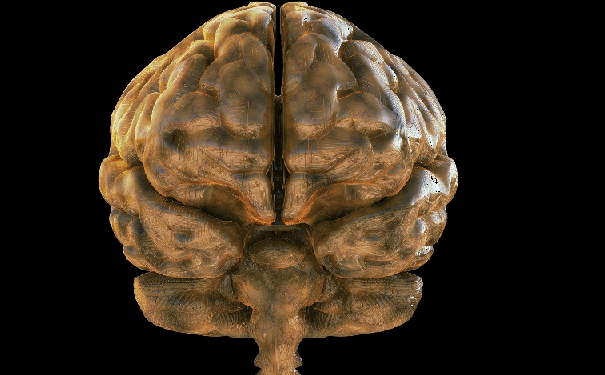
By understanding the changes in the human brain, scientists may be able to develop a cure for epilepsy. Image: LANBO/Shutterstock
This could be a step towards curing temporal lobe epilepsy.
There are approximately 400,000 Australians currently living with epilepsy, including the most common and difficult-to-treat form: temporal lobe epilepsy, which manifests as partial seizures that affect memory, learning and behaviour. It can be caused by birth defects that disrupt normal brain development in children or by serious brain injuries received as an adult or child.
“Despite decades of research and the availability of dozens of medications to control seizures in patients with epilepsy, there is no cure for the disease. Worse still, medications fail in about 1/3 of patients,” says Steve Danzer, a neuroscientist from Cincinnati Children’s Hospital Medical Center in the US. “There are also no preventatives for epilepsy in at-risk patients, such as soldiers who have suffered head trauma.”
In spite of decades of research and dozens of medications to control seizures, there is still no cure or preventative therapy for this disorder, and the medications may fail in one of every three patients. But there may be hope on the horizon, as Danzer and his colleagues have found the first direct evidence that a biological mechanism, which was already suspected in temporal lobe epilepsy, is capable of triggering seizures.
“Our study demonstrates that a population of brain cells long suspected of causing some forms of epilepsy is, in fact, capable of producing the disease,” Danzer says. “If this were a criminal case, our study would show that these brain cells have “means and opportunity” to cause seizures.”
The culprits are molecular disruptions in small neurons, known as dentate gyrus granule cells (DGCSs). Danzer and his colleagues targeted genetically modified populations of cells in the brains of mice that had been bred for their study, selectively disrupting those suspected of causing epilepsy.
They found that the DGCs triggered brain seizures in these rodents, similar to those associated with human temporal lobe epilepsy. These results, which were published this week in Neuron, indicated that the disruption of these cells in virtual isolation from other changes in the brain could cause seizures.
The general consensus among scientists studying epilepsy has been that in order to develop new, more effective treatments, they need a better understanding of the changes occurring in the brains of patients with the disorder.
“Now that we have demonstrated that these brain cells can cause epilepsy, we are focusing our efforts on determining exactly how they cause epilepsy,” Danzer says. “Once we understand how these cells cause the disease, we can develop therapies to prevent or reverse these effects.”






